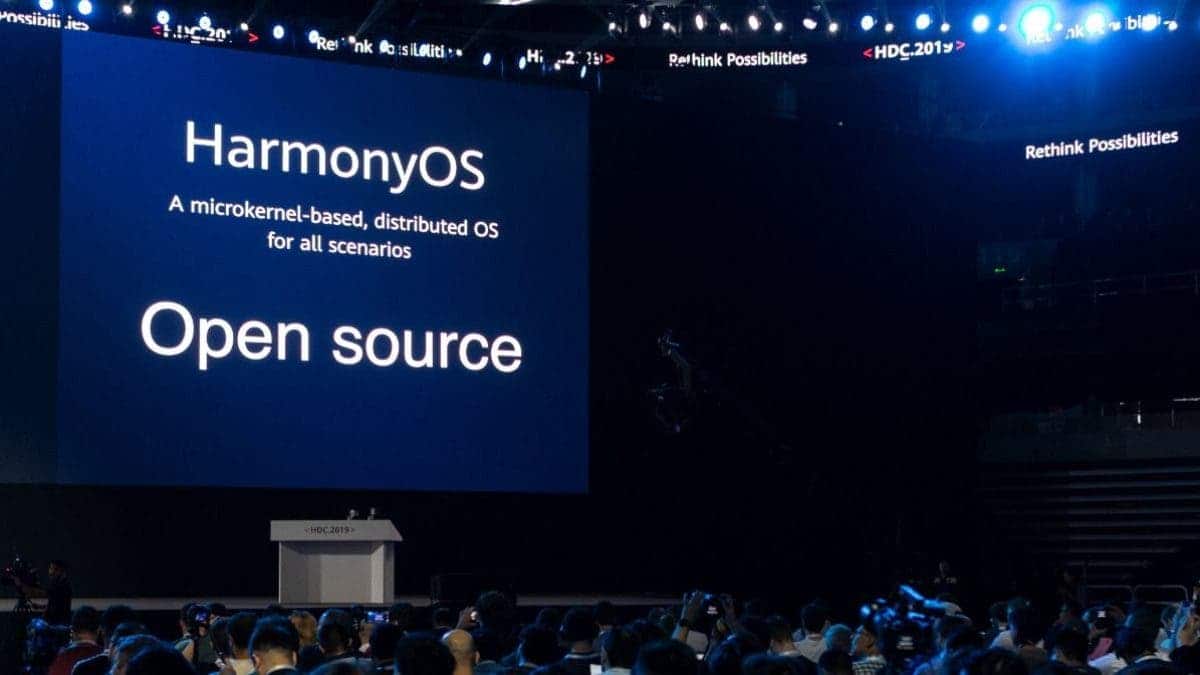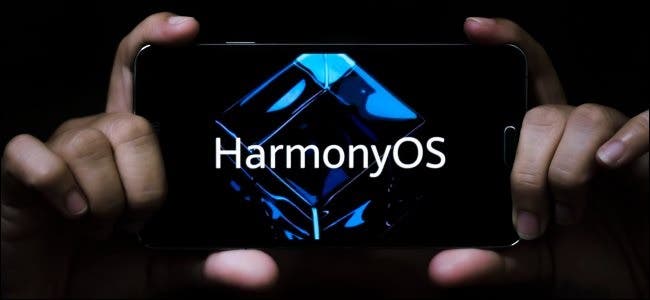A few days ago, a Weibo user disclosed the adaptation process of Harmony OS on smartphones. According to the source, this will start from phones that sport the Kirin 9000 and end with the phones coming with the Kirin 710.
Apart from the Harmony OS, the world is also looking forward to the upcoming Huawei Mate 40. Some people even believe that this smartphone may come with the Harmony OS 2.0 out of the box.

Well, that’s not a secret that the whole world is waiting for the new operating system from Huawei. We don’t say the whole world is going to switch to it, at least, not now. But we are saying that there will be a new powerful system that will resist iOS and Android.
Harmony OS Adaptation Plan: Excludes Kirin 970 Models
On October 3, a Weibo blogger showed the Harmony OS adaptation process, which mainly refers to the adaptation of smartphones. The blogger has been following Huawei and Honor for a long time, and he has some internal connections among Huawei. Thus, this is a quite reliable news.
The adaptation process in the revelation is mainly distinguished from the SoC processor. Specifically:
- The first batch is Kirin 9000;
- The second batch is Kirin 990 5G;
- The third batch is Kirin 990 4G (partial), Kirin 985 and Kirin 820 (partial);
- The fourth batch is Kirin 820 (partial), Kirin 980 and Kirin 990 4G (partial) fourth batch;
- The last is Kirin 810, Kirin 710 (partial).
In fact, this is a quite logical sequence.
The Kirin 9000 has been publicly announced. But we still don’t know a specific information about it. What we can confirm is that it comes with TSMC’s 5nm process. And first, it will appear on the upcoming Huawei Mate 40 series of smartphones.
That’s why it’s not surprising to see the first batch of Harmony OS update to the phones with this chip.
In addition to the Kirin 9000, there are other Kirin 9 series chips that should get this OS. They include the Kirin 990 series (including 5G/4G), the Kirin 985 and the Kirin 980. Among them, the Kirin 985 is a mid-to-high-end Kirin chip launched in 2020, and the Kirin 990 series is a flagship chip of 2019. At the same time, the Kirin 980 is the flagship chip of 2018. They all use the TSMC 7nm process. But there are first and second generations.
As for the Kirin 970, it won’t get Harmony OS
Looking at the Kirin 8 series, there are two chips in the adaptation plan. Among them, the Kirin 820 was launched in March this year, positioned as a mid-range product. The Kirin 810 was released in 2019. It was the first to come with Huawei’s self-developed Da Vinci architecture. Both also use TSMC’s 7nm process technology.
The last is the 7-series. The Kirin 710 came in July 2018, using TSMC’s 12nm process. This is the longest released chip and the lowest process technology in the above adaptation plan.
In general, among the Kirin chips involved in the above revelations, Huawei will go back to the adaptation plan, covering the Kirin chips and related models released in 2018 at the earliest. But the the minimum processor technology should be 12nm.
We should note that in Huawei’s (and Honor) smartphones line, not all models use Kirin chips. Say, some low-end products use MediaTek and Qualcomm chips. At the moment, we don’t know whether they will get Harmony OS as well or not.
Although this leaked information shows which chips will be getting Harmony OS first, there is no information about the time table. So there is every reason to think Huawei’s operating system won’t come to the smartphones in the nearest future.
Harmony OS Is Worth Looking Forward To, But It Can’t Appear On Smartphones At The Moment
Harmony OS made its first appearance at the 2019 Huawei Developer Conference (HDC). In 2020, the second-gen Harmony OS 2.0 was out.
In fact, Harmony OS has made great progress from 1.0 to 2.0.
For example, at the previous Huawei Developer Conference, Huawei Consumer Business Software President Wang Chenglu officially announced the complete platform tool chain of Harmony OS. It includes Harmony OS application framework, more than 13,000 APIs, HUAWEI DevEco development tools, Ark compiler and distribution.
Of course, Harmony 2.0 is also open-sourced. So developers can download the relevant codes can from official channels.

At the application ecological level, on HDC, Wang Chenglu said that Harmony OS 2.0 has reached cooperation with Midea, Joyoung, Boss Electric and other manufacturers. In the future, these brands will have Harmony 2.0-equipped devices on the market.
Wang Chenglu also stated that Harmony OS already supports the use of third-party products, with a total of more than 20 product categories and 12 million third-party smart terminal devices.
In addition, Zhang Xiaoyi, Vice President and Business Unit President of Midea, also stated that Midea has established an application development team for Harmony OS. Midea has 15 smart home appliances running on Harmony OS. They will go on sale before Double 11 this year.
Of course, these smart products have nothing to do with smartphones.
In fact, it is easy to understand, a crucial reason is the application ecology. In July of this year, BYD Han running on the Harmony system was officially launched. Yu Chengdong said that there are millions of applications in smartphones, 10,000 applications in PCs, 1,000 applications in smart TVs, and 100 applications in cars.
This is why Harmony OS can appear on smart cars early before the 2.0 version is released. After all, the larger the scale of the application ecology, the more difficult it is to migrate Harmony.
In fact, for smartphones, Huawei has some news as well.
Prior to HDC, Yu Chengdong had announced the launch of a smartphone version of Harmony OS in December. He said that Huawei smartphones will fully switch to Harmony OS 2.0 in 2021.
We can see that for Harmmny OS, smartphones are still the core and must be covered. It is just a matter of time.
Leifeng.com noticed that during Huawei HDC, Huawei also displayed a PPT showing Huawei’s application partners, including Baidu Maps, Himalaya, Kuaishou, Kugou, Sogou Input Method, 12306, WPS, Didi, VIP KIDS, etc., covering office, music, short video, travel and other fields.
In other words, Huawei is working hard to promote the migration of smartphones to Harmony OS.
The Bottom Line
For Huawei’s smartphone business, at least for now, it is still inseparable from the Android ecosystem. HMS 5.0 is also in full swing. Even if it is the alternative Harmony OS, it is inseparable from the inheritance of some of the existing development achievements under the Android application ecosystem. When saying this we mean the Ark compiler and HMS.
As for ordinary consumer users, if they want to experience Harmony OS on Huawei smartphones, the first upgraded phone will be seen next year. But if you want to buy a Huawei running on the Harmony OS out of the box, you have to wait way longer.
Follow Gizchina.com on Google News for news and updates in the technology sector.





